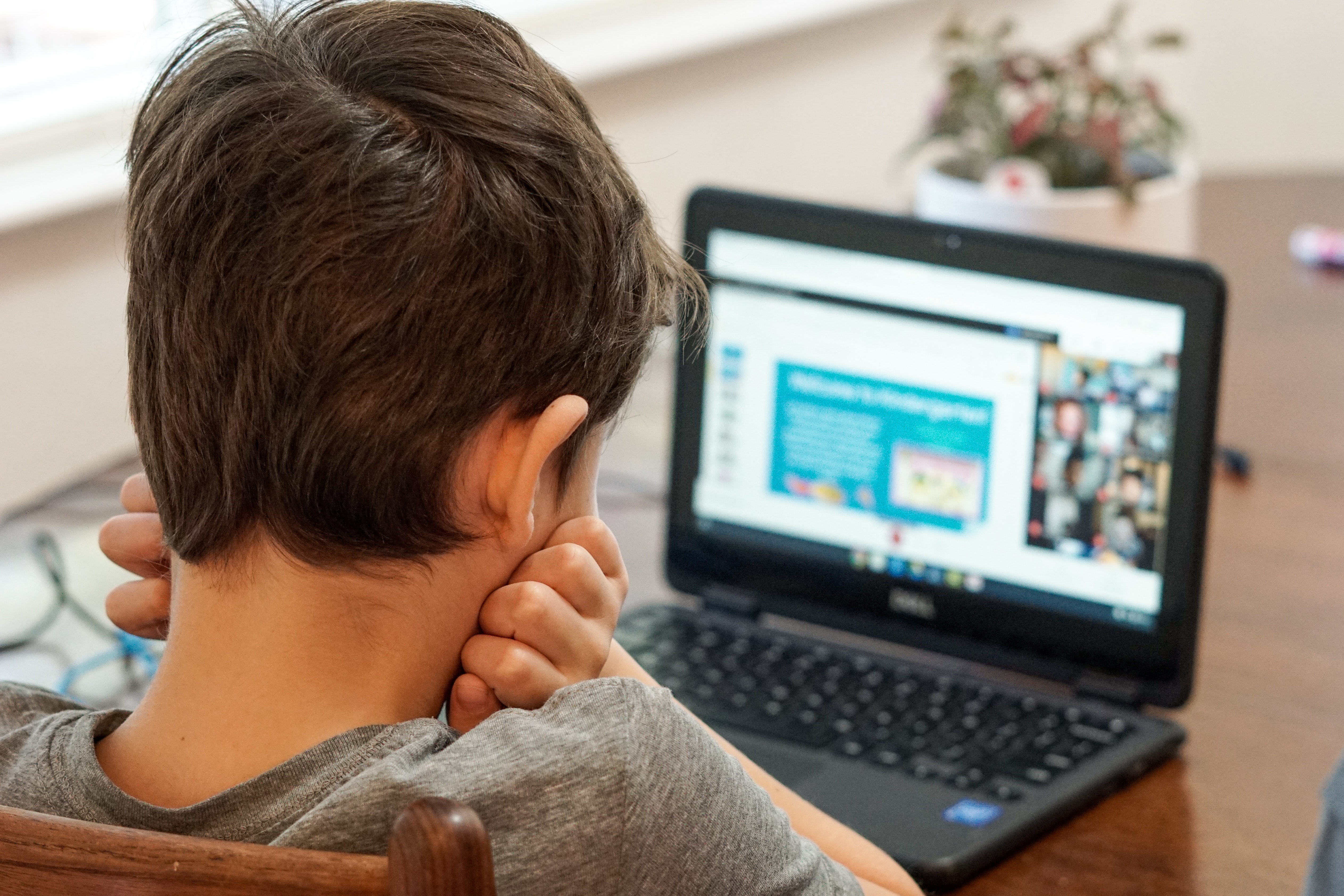2020 and 2021 have been, and continue to be, challenging times for educators around the world. We have seen fantastically astute and innovative educators come up with ideas and solutions that prioritize students’ education even during changing situations. Many schools and universities are adapting to the new normal and are looking for ways to meaningfully engage every student, no matter where those students happen to be learning from.
What Is A Hybrid Classroom?
Hybrid or HyFlex is the term coined to describe the combination of face-to-face and remote students. In this ever-changing scenario we find ourselves in, it has fast become a surefire way to ensure students continue learning wherever they may be, and could just be the future of classrooms.
But hybrid learning is more than just throwing half of the class curriculum online and hoping for the best. Hybrid learning is an all-inclusive way to blend the face-to-face with the online to create an optimal learning experience for students. Whilst being more accommodating, this will also help educators to ensure that their plans are not interrupted by circumstances out of their control.
We have learned in recent times that learning doesn’t have to take place in a dedicated classroom. Hybrid-Flexible classrooms are designed to accommodate the simultaneous teaching of in-person students and online learners.
Engaging Students In A Hybrid Classroom
A lot is expected from educators, and new rules, guidelines and expectations often put a lot more extra pressure on them. However, if you are looking to make the HyFlex / hybrid model work in your classroom, Mentimeter has some advice on how you can achieve this.
1. Encourage engagement
Ensure students interact with one another, even if some are joining online and others are present in the classroom.
Try break-out rooms (or similar conference tools) to encourage students to discuss, brainstorm and talk with one another. Then nominate a member of the group to recap their thoughts and what they discussed.
2. Make it fun!
Try out different methods to involve the students, instead of it being a one-way conversation. Games, fun quizzes and collaborative work can help break the monotony that can set in especially for kids sitting in front of a screen.
3. Make the most of E-Learning tools and apps.
These can be an invaluable way of connecting students in the classroom with those at home, not to mention the fact that children have become so adept at using technology it's more natural to them than textbooks.
Some Mentimeter specific tips
Of course being an audience engagement platform we do have some Mentimeter specific points that can help you connect with all of your students.
4. Go interactive
Use various question types to gauge how much your students understood, if the points you made were clear and if there are some things you may need to clarify.
5. Get everyone is involved
Encourage equal participation from students and conduct formative assessments, assess learning, pulse checks and identify knowledge gaps.
6. Create an inclusive and safe environment
Do this to encourage authentic and frank discussions without the fear of the consequences for a wrong or silly answer. Remind students that their votes in Mentimeter are anonymous. This will eliminate the fear of being incorrect for many.
7. Let students be creative
Use word clouds or open-ended questions to let students be more elaborative with their contributions. You can also keep track of how many votes have been submitted so you can encourage each and every student to participate.
8. Allow students to go at their own pace
You can change your Mentimeter presentation to “audience pace” which will mean that students can move through and interact with the presentation at their own pace. Giving everyone equal opportunities to participate.
Ready-to-use templates
Get inspired and add these templates into your account to start engaging all of your students, no matter where they are! We also have a wide variety of Education Quizzes available on our dedicated templates page!

Evaluate Student Understanding

Weekly Student Reflection Session

Manage Students' Expectations




